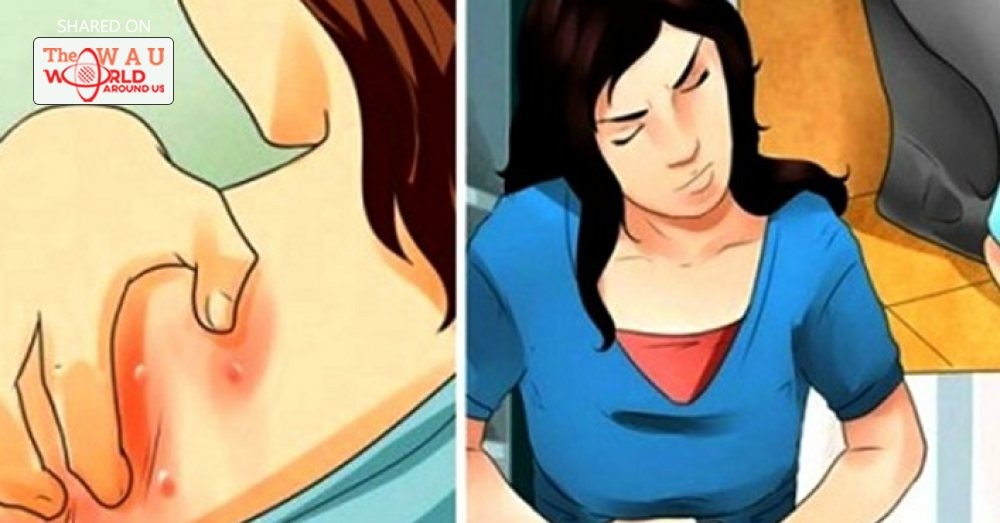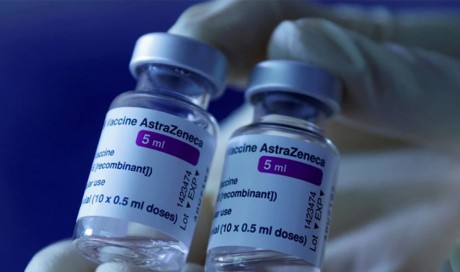Blood sugar levels indicate the amount of glucose in the blood, which is the major source of energy for most cells of the body. Glucose is ingested through food and is then distributed to all cells throughout the body.
High blood sugar medically referred to as hyperglycemia, can be caused by two things. Therefore, there are two different types: type 2 diabetes ( a condition in which the body cannot use glucose properly) and type 1 diabetes ( a condition caused by insufficient amounts of glucose).
If this condition persists for a longer period, it may damage certain body parts permanently, such as the kidneys, blood vessels, nerves, and the eyes.
There are many different factors which contribute to increasing sugar in diabetics. Among them are:
- Overeating, such as snacking between meals
- Certain medicines, like steroid medication
- Over-treating an episode of hypoglycemia (low blood sugar)
- Missing a dose or taking a wrong dose of the diabetes medication
- Lack of exercise
- Stress
- An illness, like a common cold
- Dehydration
14 Signs Showing That Your Blood Sugar Is Very High
- Nerve problems
- Increased thirst
- Stomach problems
- Dry mouth
- Impotence
- Dry and itchy skin
- Constant hunger
- Excess abdominal fat/weight gain
- Poor concentration
- Slow healing of cuts and wounds
- Frequent urination and/or urination during the night
- Blurred vision
- Constant fatigue or extreme tiredness
- Recurrent infections
Reduce Blood Sugar Levels with Glycemic Food
The Glycemic Index, known as GI, is a ranking of carbohydrate in foods according to how they affect blood glucose levels. The number can vary from 0 to 100, so we have low-GI foods, moderate- GI foods, and high-GI foods. Low-GI foods are processed slower than high-GI foods, meaning that they reduce insulin levels and contribute to weight loss.
Low -GI Foods
Low-GI foods are the ones with a GI between 0 and 54. You should consume these foods regularly, preferably on a daily basis.
- One egg : 0
- One cup of hummus: 6
- One cup of broccoli: 10
- One mid-sized yellow onion: 10
- One cup of walnuts : 15
- One cup of cherries : 22
- One cup of cashew nuts: 22
- One cup of yogurt : 23
- One Turkey sausage: 28
- One cup of kidney beans: 31
- One cup of butter beans: 34
- 8 ounces of tomato juice: 38
- One mid-sized apple: 38
- One cup of spaghetti: 42
- One cup of green grapes: 46
- Eight ounces of pineapple juice: 46
- One large carrot: 47
- One medium orange : 48
- One large grapefruit :50
- One large banana: 52
- One cup of peas: 54
Moderate -GI Foods
Moderate-GI foods are the ones with GI between 55 and 69 and you should consume them in moderate amounts.
- One cup of brown rice: 55
- One tablespoon of raw honey : 55
- One cup of oatmeal: 58
- One cup of regular white rice: 64
- One serving of macaroni and cheese: 64
High GI Foods
High-GI foods are the ones with GI between 70 and 100. Consuming them on a regular basis may cause certain health issues, so make sure you avoid them.
- One slice of regular white bread : 70
- Two cups of popcorn: 72
- One doughnut (glazed): 76
- One rice cake: 78
- One mid-sized baked potato : 85
- One serving of corn flakes: 92
- 50 grams of glucose : 100
Diet heavily affects the overall health, especially blood sugar levels. In case you experience any of the 14 signs of high blood sugar levels, make some dietary changes and ensure you are eating low and moderate-GI foods in order to avoid sugar spikes and further complications.
Share This Post















